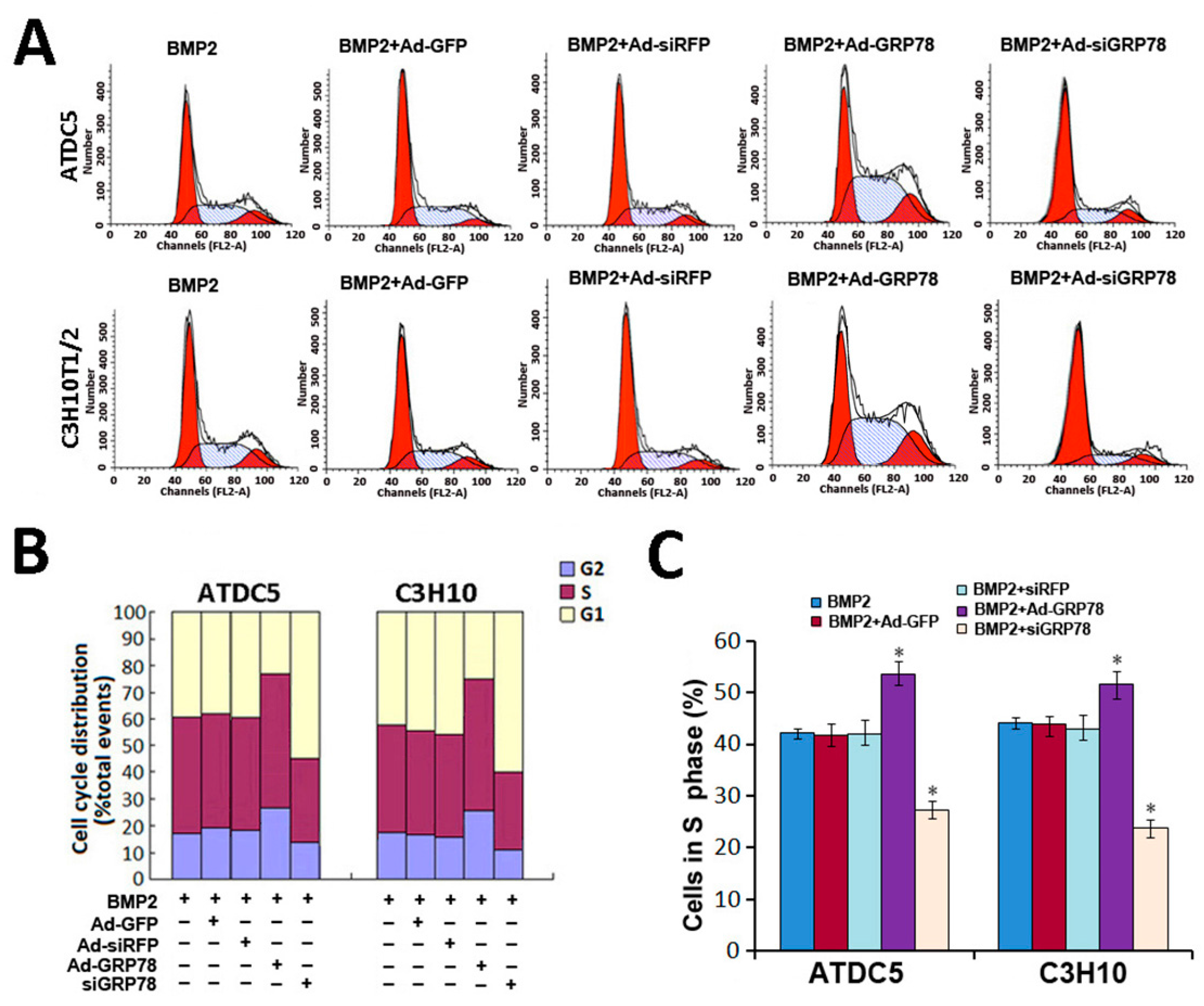Correction: Xiong, Z., et al. Different Roles of GRP78 on Cell Proliferation and Apoptosis in Cartilage Development. Int. J. Mol. Sci. 2015, 16, 21153–21176

Reference
- Xiong, Z.; Jiang, R.; Li, X.; Liu, Y.; Guo, F. Different roles of GRP78 on cell proliferation and apoptosis in cartilage development. Int. J. Mol. Sci. 2015, 16, 21153–21176. [Google Scholar] [CrossRef] [PubMed]
© 2015 by the authors; licensee MDPI, Basel, Switzerland. This article is an open access article distributed under the terms and conditions of the Creative Commons by Attribution (CC-BY) license (http://creativecommons.org/licenses/by/4.0/).
Share and Cite
Xiong, Z.; Jiang, R.; Li, X.; Liu, Y.; Guo, F. Correction: Xiong, Z., et al. Different Roles of GRP78 on Cell Proliferation and Apoptosis in Cartilage Development. Int. J. Mol. Sci. 2015, 16, 21153–21176. Int. J. Mol. Sci. 2015, 16, 30103-30104. https://doi.org/10.3390/ijms161226222
Xiong Z, Jiang R, Li X, Liu Y, Guo F. Correction: Xiong, Z., et al. Different Roles of GRP78 on Cell Proliferation and Apoptosis in Cartilage Development. Int. J. Mol. Sci. 2015, 16, 21153–21176. International Journal of Molecular Sciences. 2015; 16(12):30103-30104. https://doi.org/10.3390/ijms161226222
Chicago/Turabian StyleXiong, Zhangyuan, Rong Jiang, Xiangzhu Li, Yanna Liu, and Fengjin Guo. 2015. "Correction: Xiong, Z., et al. Different Roles of GRP78 on Cell Proliferation and Apoptosis in Cartilage Development. Int. J. Mol. Sci. 2015, 16, 21153–21176" International Journal of Molecular Sciences 16, no. 12: 30103-30104. https://doi.org/10.3390/ijms161226222



